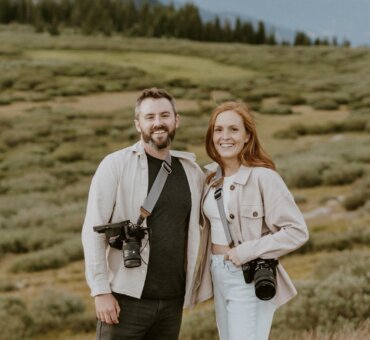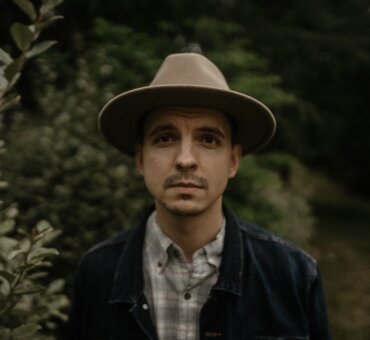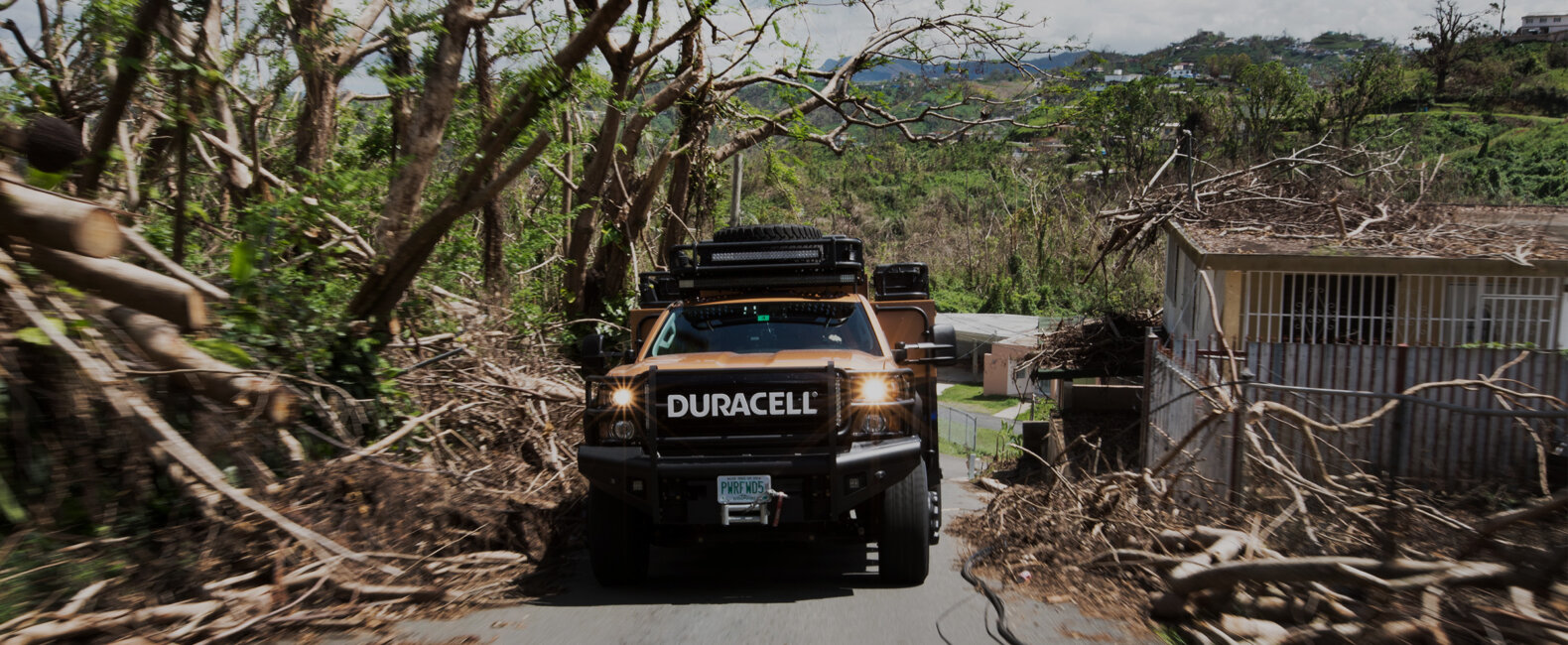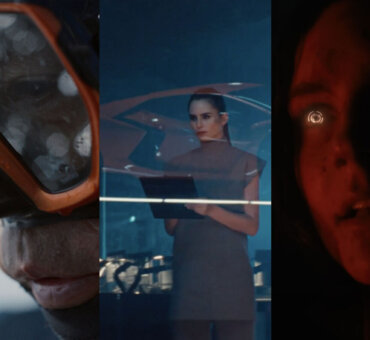Documentary filmmaking takes a lot of grit, to say the least. The conditions can be anything but favorable, the stories you’re hunting for can feel just out of reach, and the characters can sometimes be at their breaking point. After two devastating hurricanes hit the island of Puerto Rico in 2017, knocking out their power grid, awareness around the island’s situation surged before steadily tapering off.
In a surprising moment of brand altruism, Duracell went to Puerto Rico to donate millions of batteries to the island’s displaced and discouraged residents. Alongside the humanitarian effort, the brand decided they wanted documentary filmmaker Paul Hairston and Dom Tunon, a Creative Director/Producer at Wieden+Kennedy (Duracell’s creative agency) to be a part of shedding light on the situation. The result, a film dubbed Island Without Power, is one of the most emotionally engaging branded documentaries we’ve seen in a long time.
“It started off as a story about Duracell and what they were doing, and then it became more of a story about the incredible resiliency of the people of Puerto Rico,” says Tunon.
We spoke to the Paul and Dom about the grit it took to capture the essence of ‘pa’lante’ — a term native to the region that aptly means “forward” — which inspired Island Without Power.
Musicbed: There are thousands of stories coming out of this tragedy. What did you think was the big-picture story you needed to tell?
Dom Tunon: Well, the story we wanted to tell changed on the way there. It started off as a logistical story. We thought it was going to be about Duracell deploying their PowerForward fleet to donate 2.5 million batteries during a 40-day mission on the island. Then it became more of a story about the incredible resiliency of the people of Puerto Rico. How they were still managing against all odds. Without access to clean water, people had to get battery-powered water filters. Without access to respiratory therapy, they had to make due with makeshift battery-powered inhalers. PowerForward, Duracell’s humanitarian aid project, was only the supporting character in Island Without Power.
Taking into account the difficult shooting conditions you’d have to work through, what was the appeal of this project for you?
Paul Hairston: I was excited when W+K asked me to work on Island Without Power. I loved the concept because Duracell didn’t go there to get good PR. They were giving legitimate aid. And there are real stories, real people, real issues down there that need more attention. I figured if I could have any part in making that possible, I’d take it. Despite the realities of the shooting situation, I couldn’t help but see the mass potential.
How has your experience with documentary work affected the way you look at branded content?
Dom: I used to work at Vice and before that The Guardian in England. So my background is in journalism and documentaries. W+K is into nontraditional structures and hires, which makes for an office full of different skillsets. We’ve got creatives who excel at comedy, some come from a print background, others come from a film background. The makeup of our team is very reflective of the fact that the work being done in advertising these days isn’t strictly 30-second TV spots anymore. The more variety you have on your team, the more creative weapons you have in your arsenal.
What was the shooting process like?
Paul: For me, coming from a documentary background, my main focus was filming compelling characters and real issues and, obviously, interesting circumstances. There was no lack of those in Puerto Rico. We knew we needed to get as many stories as possible and capture the reality of the situation for the island’s residents. But additionally, I was focused on figuring out how we could spur on other efforts for the area, because it’s not getting the media coverage that it needs. They’re doing a lot themselves, but they certainly need help from others.
Dom: That’s absolutely right. That’s definitely what we wanted to get.
Paul: We obviously couldn’t, and didn’t want to, bring a huge crew along for the ride. So we kept the team to Dom, myself, a sound person, our DP, and our AC. That helped us stay flexible, which was hugely important given that we had a big job to do and limited resources. The job presented a lot of challenges but having that lean team helped.
What were some of the challenges of filming the piece, and how did you cope with them?
Paul: I usually have a very concrete plan, at least in my brain, for what the story needs to be. I’ve done things that are more spontaneous, but never to this degree. We never knew exactly what our path would be. We brought lots of rechargeable batteries, and a primary focus was keeping them charged in totality for the next morning. Every evening we returned to San Juan, which had more power restored than much of the island, and we’d juice them back up.
How did you grapple with getting the footage you needed without a plan in place?
Paul: Being incredibly process-driven helped Dom and I stay on the same page, which was essential. Every night, we’d talk and plan for the next day. Though we tried to connect during the day as often as possible, the lack of cell service on the island usually won out. There ended up being a lot of moments where we had no choice but to trust each other. So, Dom would go out with the fixers and hunt down story leads, and my team would head out every day with tons of rechargeable batteries. It was never a totally ideal way to work.
What role did the fixers play in helping you source stories?
Paul: To be honest, the film wouldn’t have happened without them. Our fixers did a plethora of important things for us: communicating with the subjects we met on the ground, scouting with Dom while we were out shooting. They were essential. We wanted to cover as many factors as possible regarding the lack of power across the island. So the more stories they were able to unearth, the better the chance we had to do that. Dom — who speaks Spanish, thankfully — primarily led the effort in scouting stories each day with one of the fixers, while my production crew shot in a different location with another fixer. We shouldn’t call them “fixers”; we should call them “saviors.”
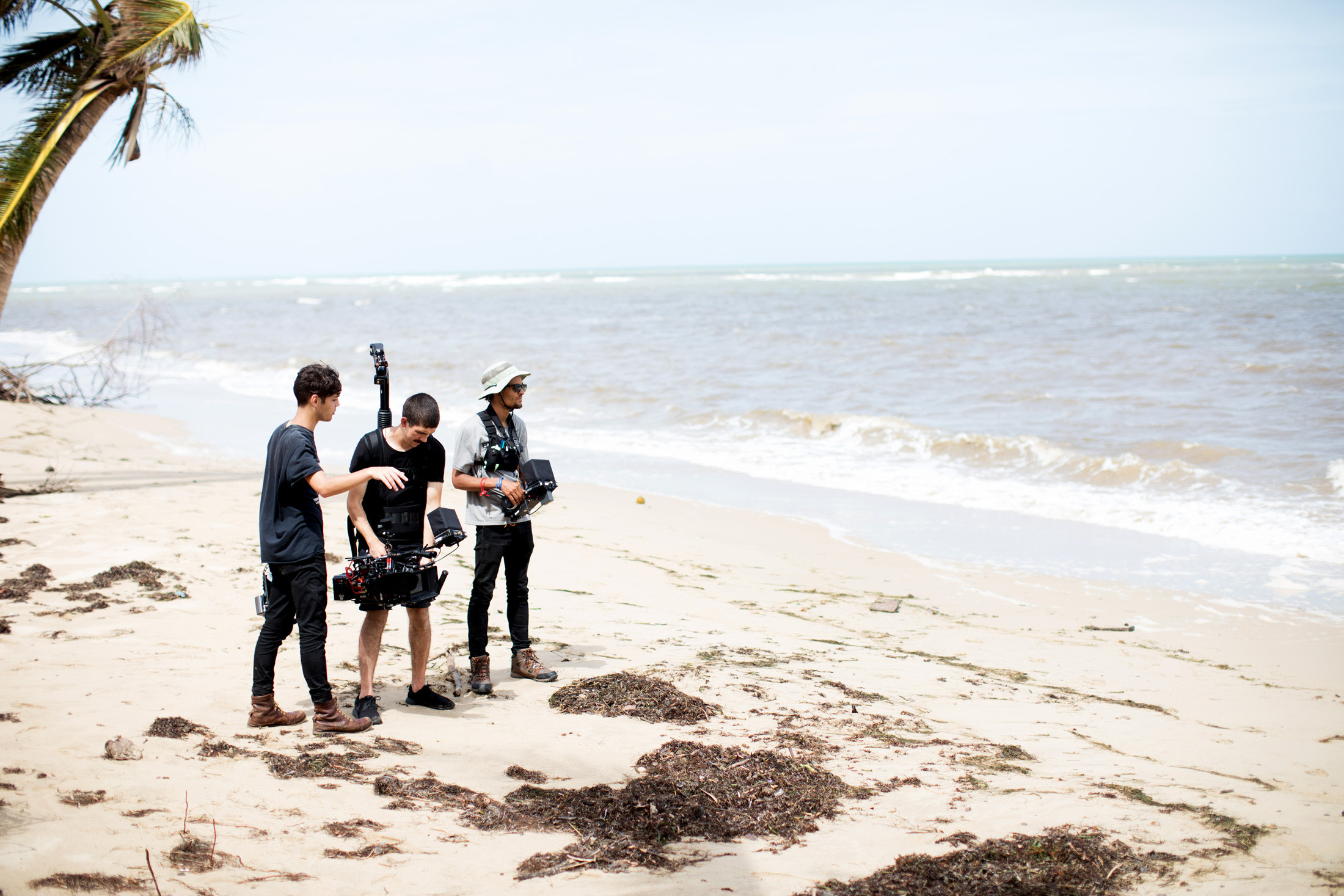
Did the fact that this was a branded initiative get in the way of the creative process?
Dom: We were very mindful of the fact that we were shooting in a disaster area in desperate need of humanitarian aid. We had to ensure that we were always hyper-sensitive to the interests of the people and not exploitative in any way whatsoever. We encountered much hardship and suffering. It was tough emotionally. But we had to stay focused on documenting the stories of ordinary Puerto Ricans pulling together to help themselves and each other.
So it’s a story about the resiliency of the residents first, and a story about a brand trying to help second?
Dom: The story of what the people are doing to help themselves was paramount. Paul and I focused on capturing incredible stories, because we both recognized there was no time for bickering and we had to get it right. The most important thing was trying to get that story.
Paul, how did working on this project impact the approach you’ll take with future documentaries?
Paul: Well, working on this piece reminded me that documentaries are innately mercurial.
How so?
Paul: In most situations, I’ve spoken to my interview subjects beforehand, or I’ve gleaned enough to know what their story is about. In this situation, I simply had no idea who we were going to speak to or profile. I usually rely heavily on my preproduction and base the story arc on details about the subjects and their surroundings. But we went into this piece with themes and ideas only — no details. We knew we were going to be with the Duracell team wherever they went across the island. That was a first for me — a neurotic and often overprepared filmmaker. However, if you doubt yourself every time a story doesn’t work out the way you wanted it to, you’ll never be able to approach any given project and come out on the other side with your sanity intact. So, in the future, I’ll plan on my plans changing, and hopefully I’ll be more comfortable with that idea.





































































